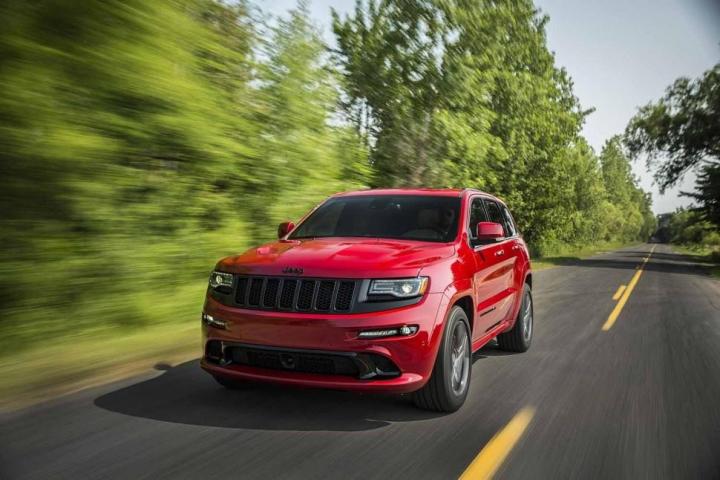
For that, we are thankful.
Swoopy crossovers may be all the rage at the moment, but their sloped roofs are often awkward to look at and the cars are downright fugly sometimes.
When asked if the automaker would consider an X6 rival, Jeep’s head of international product planning, Adrian Van Campenhout, had another critique.
“What kind of volumes of those guys getting?” he asked rhetorically.
Simply put, the X6 returns very small figures compared to the more conventional X5 SUV. In 2013, the X6 sold 5,549 units in the U.S., while the X5 sold a comparatively huge 39,818 units.
Thus, it doesn’t look like the ‘Sports Activity Coupe’ business is one that Jeep is itching to enter anytime soon. In addition, Van Campenhout doesn’t believe the layout fits with the manufacturer’s ethos.
“[The Wrangler Rubicon is] our halo car,” he said. “That’s out niche, to do hardcore Wranglers and show the ultimate in off-road capabilities.”
“That’s our gift to the world,” he continued, “where the other guys are doing V16s or whatever.”
Van Campenhout did admit that Jeep was mulling a sub-Renegade model to increase volume in the coming years. As part of Fiat Chrysler CEO Sergio Marchionne’s five-year plan, Jeep is aiming for 1.9 million global sales by 2018.
“If we study a smaller vehicle for markets that would demand it, there’s a lot of emerging markets with a lot of volume out there, markets that view Renegade as a huge car,” he said.
While the vehicle is yet to be confirmed, Van Campenhout didn’t rule out a South American platform.
“We have some really good folks down in Brazil that do some fantastic low-cost platforms,” he explained. “So globally, the studies would necessitate considering all platforms and all sources.”
Editors' Recommendations
- The Lucid Gravity has more range than any other electric SUV
- Jeep is launching its first two electric SUVs in the U.S. in 2024
- Off-roading in a plug-in Jeep is like hiking with A/C
- The best SUVs
- Jeep’s plug-in hybrid Wrangler will silently prowl the great outdoors

